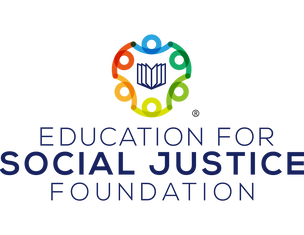Discrimination and Violence Against Chinese Americans in the 19th Century
Brief Background
The first Chinese immigrants arrived in the U.S. in the 1850s. Since then, both federal and state governments have issued various discriminatory laws against what is now considered AAPI populations. During the 19th century, multiple states passed laws enforcing exclusion and inequity against Asian Americans. The California Crimes and Punishments Act of 1850 prevented Asians (defined as Chinese, Mongolian, and Indian) from testifying in court against whites, making them vulnerable to abuse and injustice. Four years later, in 1854, in People v. Hall, the California Supreme Court rejected the testimony of Chinese immigrants who witnessed George Hall, a white man, murdering a Chinese miner Ling Sing. In 1861, Nevada became the first state to pass a law to prevent interracial marriage between Asians and whites. Thirteen other states passed similar laws.
At the federal level, in 1875, the Page Act restricted immigration of Asian women—in particular, Chinese women—to the U.S., under the racist assumption that Chinese women were entering the country to pursue prostitution. This law lasted until its repeal in 1974. Another discriminatory federal law, the Chinese Exclusion Act of 1882, prohibited all immigration of Chinese laborers for ten years. The exclusion was extended in 1892, known as the Geary Act for another ten years. The exclusion lasted until 1943, two years after China became a member of the Allied Nations during WWII.
Under systematic discrimination against Asian Americans in the 19th century, numerous Asian immigrants endured severe violence and injustices, including the 1871 massacre of nineteen Chinese immigrants in Los Angeles and the Rock Springs Massacre in 1885 in Wyoming, killing twenty-eight Chinese miners.
The first Chinese immigrants arrived in the U.S. in the 1850s. Since then, both federal and state governments have issued various discriminatory laws against what is now considered AAPI populations. During the 19th century, multiple states passed laws enforcing exclusion and inequity against Asian Americans. The California Crimes and Punishments Act of 1850 prevented Asians (defined as Chinese, Mongolian, and Indian) from testifying in court against whites, making them vulnerable to abuse and injustice. Four years later, in 1854, in People v. Hall, the California Supreme Court rejected the testimony of Chinese immigrants who witnessed George Hall, a white man, murdering a Chinese miner Ling Sing. In 1861, Nevada became the first state to pass a law to prevent interracial marriage between Asians and whites. Thirteen other states passed similar laws.
At the federal level, in 1875, the Page Act restricted immigration of Asian women—in particular, Chinese women—to the U.S., under the racist assumption that Chinese women were entering the country to pursue prostitution. This law lasted until its repeal in 1974. Another discriminatory federal law, the Chinese Exclusion Act of 1882, prohibited all immigration of Chinese laborers for ten years. The exclusion was extended in 1892, known as the Geary Act for another ten years. The exclusion lasted until 1943, two years after China became a member of the Allied Nations during WWII.
Under systematic discrimination against Asian Americans in the 19th century, numerous Asian immigrants endured severe violence and injustices, including the 1871 massacre of nineteen Chinese immigrants in Los Angeles and the Rock Springs Massacre in 1885 in Wyoming, killing twenty-eight Chinese miners.
